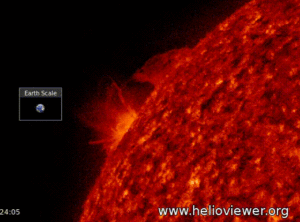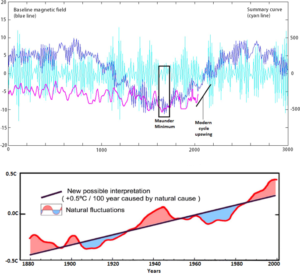by Cap Allon, Sep 26, 2020 in Electroverse
Since 1850 Earth’s magnetic field has been weakening. At the turn of the millennium it then began reducing exponentially, at more than 10% per decade — this drop off is extreme and concerning, and here’s why.
Earth’s magnetic field protects us from space radiation. Our shields going down is very bad news for all life on our planet, and could possibly even lead to the next mass extinction.
“As the magnetic field weakens, the poles shift,” says David Mauriello of the ORP and MRN. For the past 100-or-so years, both north and south poles have been rapidly headed towards the equator (shown below), and their pace is increasing, warns Mauriello. The south pole is now off the Antarctic continent and making a beeline for Indonesia, and the north pole is shifting across the Arctic circle towards Siberia, it too headed for Indonesia–where the pair are likely to meet within the next few decades, perhaps around 2050.
This “meeting” will lead to one of two eventualities: 1) a full flip will take place (aka a “reversal” where the magnetic poles switch places), or 2) a “snap-back” will occur where the poles quickly return to their original starting points (aka an “excursion”).
…
…



